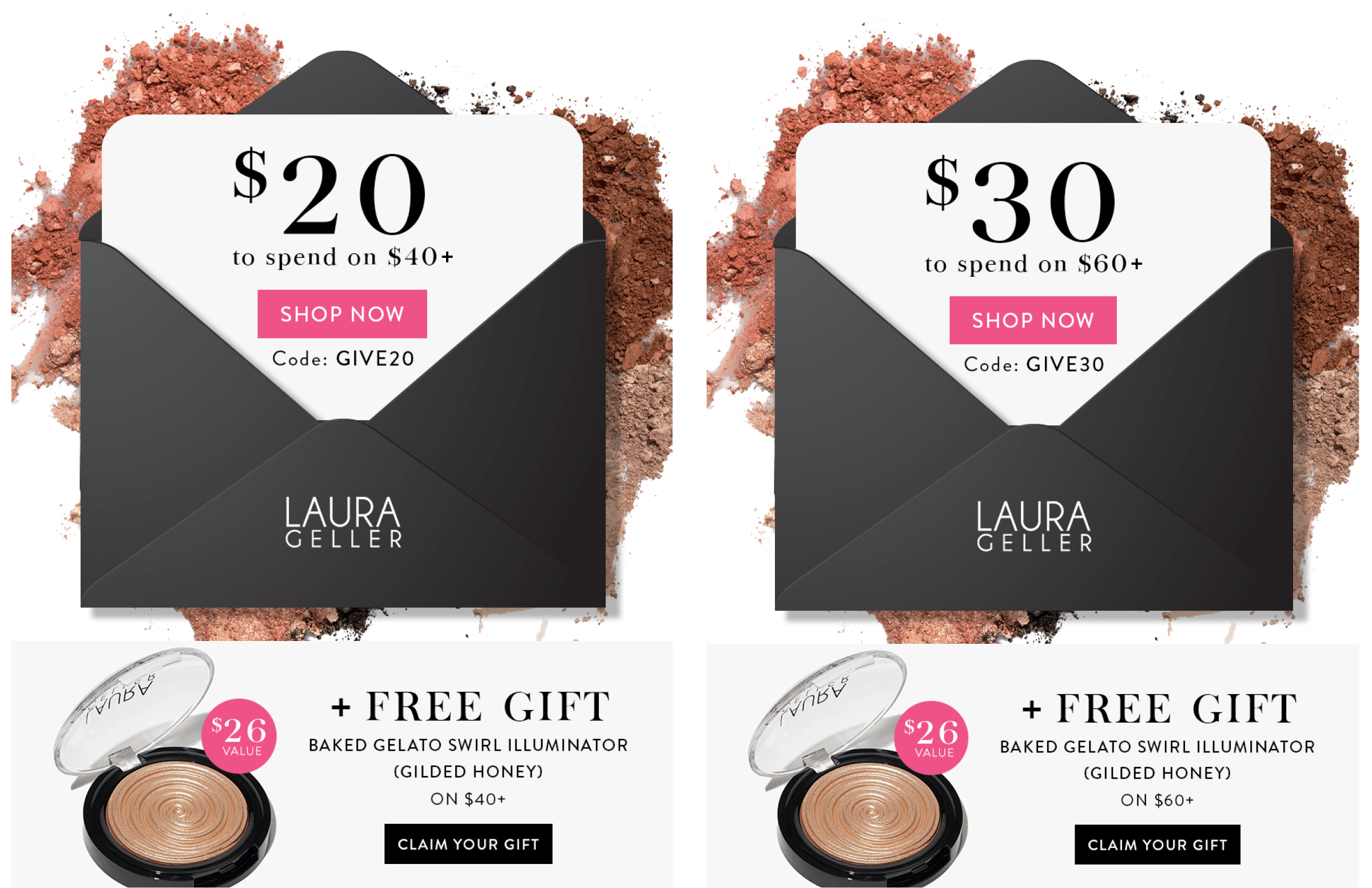Andrew Kordek, Vice President of Customer Engagement at iPost, shares his insights on the 2021 Alchemy Worx Consumer Survey.
In the last several years, there has been a seismic shift in consumer attitudes towards spending money. Pre-Covid, consumer confidence was high, spending was plentiful, and the global economy flourished. Mid and PostCovid, we hear the words “hesitant,” “cautious,” and”mindful.”
As we continue to put the pandemic threat in our rearview mirrors a recent survey by YouGov and Alchemy Worx around U.S. consumer spending habits was done. The survey gathers information about consumers’ feelings and other items such as what they will spend, how they will spend, and what things would impact their loyalty towards brands they put their money towards. Six questions and a few hundred data points show two common themes that marketers need to be aware of.
These themes have been prevalent for years, but this recent survey accentuates the need for marketers to focus on the experience and sentiment more than ever before.
The Psychology Of Spending
Pandemic or not, a considerable amount of psychology is factored into people who want vs. need to spend money. Spending habits often defy economic theory and, in some cases, transcend age groups, race, social status, and even gender.
Consumer spending habits are primarily based on the accumulation of rules that we have built over our lifetime. However, two factors that can heavily influence the decision to spend money are our experience with the brand and being able to help affect that experience. As consumers, we entrust our opinions with the brand to help personalize our interactions for the long-term relationship.
It is widely thought that if we have both, there is a greater chance that we would be inclined to break the rules and spend.
Experience First And Journey’s Matter
Consumer loyalty to brands depends on many factors, but when asked what “fails” would impact their loyalty, many responses point to the experience. For example, a whopping 35% of respondents indicated that receiving too many emails from companies is a clear “fail” and would undoubtedly beg the question of brands not understanding what their subscribers get when receiving their marketing emails. 34% indicated that items arriving”so late” that they forgot they actually purchased them is a clear indicator that brands don’t do a good enough job at experience post-sale. Even more frightening is that 22% of the respondents indicated that they were asked to”rate an item” before receiving it.
This, my brand folks, has to do with their experience with you.
The data in the report, especially around question six and fails, leads me to believe that email can play an essential role in impacting a positive or negative experience when it comes to people who want to buy from you. While this report skews towards B2C, a tremendous amount of the data captured can cross over in the B2B side because the psychology of spending and interacting is still prevalent.
You have a small window to sit down and map out the most critical touch points of your customer experience. These touch points include things like sign-up, email journeys, and post-purchase or conversion communication. The goal is to find out what levers have the most significant influence and then engaging the entire marketing department in what you can do better.
A good experience leads to trust, and trust leads to loyalty. 37%of the respondents in the survey said that they consider brands”failing” when they “lie about sales or stock level to try and convince me to make a purchase,” and if that isn’t a hint that people have a hard time trusting brands today, I don’t know what is.
You can have the greatest products or solutions for people, but eventually, the experience will catch up and cause people to do what is easy todo: leave you.
Sentiment Is And Will Always Be The Trend
The act of capturing sentiment amongst customers should go well beyond sending out a survey after purchase to gather how their experience was with your brand. It should also go beyond a veiled survey and promise to capture”more about you” only to not use it as a means to become more personalized. The reason is that people’s needs, interests, and feelings change rapidly. Hence, the need to consistently capture how people are feeling becomes yet another task for marketers to check off.
Email can be used both strategically and tactically when it comes to capturing sentiment. A couple of suggestions are:
1. Capturing sentiment in every email you send around the message, product, or recommended content to gauge changes in your segments. It can be as simple as a thumbs up or down next to images, pricing or copy.
2. Use surveys at different lifecycle stages to help capture the emotion or why they have or have not bought or converted over a recent period.
3. Engagement surveys based on click actions in the email when they get to the site.
4. Behavioral triggers based on-site or other forms of company engagement.
What you send, when you send, how you send, what you say, stand behind, or stand for should always come with a genuine approach to feedback and temperature check with your newest to most loyal customer.
Dropping The Mic
In this survey, when asked about how consumers feel about spending money right now, the three top words used were hesitant, cautious, and mindful.
As marketers, we have a lot of work to help convince people of all ages, races, and genders to commit their hard-earned dollars to us. We have to improve our experiences, examine what people think about us and make the change, or face the consequences of inaction.
Learn More
Download the Alchemy Worx white paper, How the Shift in Consumer Sentiment Could Impact Your Holiday Season to learn more.





